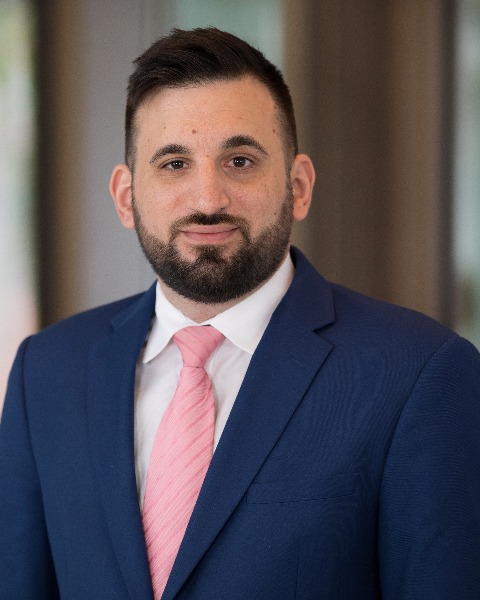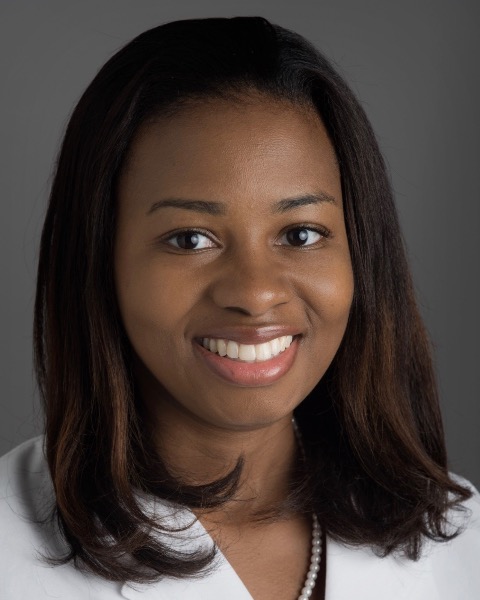Operative Obstetrics
Poster Session 1
(165) Machine Learning for the Prediction of Surgical Morbidity in Placenta Accreta Spectrum

Itamar Futterman, MD
Fellow physician
Maimonides Medical Center
Brooklyn, NY, United States
Olivia Sher, MPH
Research Assistant
Maimonides Medical Center
Brooklyn, NY, United States- CW
Chaskin Wells Saroff, BS
Research Assistant
Biotics AI
Oakland, CA, United States 
Alexa L. Cohen, MD
Fellow
Montefiore Medical Center, Albert Einstein College of Medicine
Bronx, NY, United States
Georgios Doulaveris, MD
Assistant Professor
Montefiore Medical Center, Albert Einstein College of Medicine
Bronx, NY, United States
Pe'er Dar, MD
Professor and Director, Division of Fetal Medicine
Montefiore Medical Center, Albert Einstein College of Medicine
New York, NY, United States
Myah Griffin, MD
Doctor
NYU Langone Health
Atlanta, GA, United States
Meghana Limaye, MD
NYU Langone Health
New York, NY, United States
Thomas Owens, MD
Dr Thomas Owens
Mount Sinai West
New York, NY, United States- LB
Lois Brustman, MD
St. Luke's Roosevelt Hospital Center
New York, NY, United States .jpg)
Henri M. Rosenberg, MD
MFM Fellow
Mount Sinai Medical Center
New York, NY, United States.jpeg.jpg)
Nicola F. Tavella, MPH (he/him/his)
Research Director
Icahn School of Medicine at Mount Sinai Hospital
New York, NY, United States- RJ
Rebecca H. Jessel, MD (she/her/hers)
Associate Professor
NYU Langone Health
New York, NY, United States - AB
Angela Bianco, MD
Attending Physician
Mount Sinai Medical Center
New York, NY, United States - SH
Shoshana Haberman, MD,PhD
Attending Physician
Maimonides Medical Center
Brooklyn, NY, United States
Primary & Presenting Author(s)
Coauthor(s)
We sought to create a machine learning (ML) model to identify variables that would aid in the prediction of surgical morbidity in cases of Placenta Accreta Spectrum (PAS).
Study Design:
A multicenter analysis including all cases of PAS across five tertiary care perinatal centers and members of the New York City Maternal Fetal Medicine research consortium, from 2013-2022. We developed models to predict operative morbidity using 213 variables including demographics, obstetrical information and limited imaging findings detailing placental location. Our primary outcome was prediction of a surgical morbidity composite defined as including any of the following: ICU admission, transfusion of >4 units of packed red blood cells, organ injury, vasopressor use, intubation or mechanical ventilation and maternal mortality. A nested, stratified, cross-validation approach was used to tune model hyperparameters and estimate generalizability. XGBoost classifiers models incorporated preprocessing steps of standard scaling for numerical variables and one-hot encoding for categorical variables. Model performance was evaluated using area under the receiver operating characteristic curve (AUC), positive and negative predictive values (PPV, NPV), and F1 score. Variable importance ranking was also determined.
Results:
Among 401 PAS cases, 326 (81%) underwent hysterectomy. Of the 401 cases of PAS, 309 (77%) had at least one event defined as surgical morbidity. Our predictive model had an AUC of 0.79 (95% CI: 0.69,0.89), PPV 0.79, NPV 0.76 and F1 score of 0.88.
The variables most predictive of surgical morbidity were completion of a hysterectomy, pre-pregnancy BMI, absence of a 2nd trimester ultrasound, SES zip code, BMI at delivery, number of prenatal visits and delivery time of day.
Conclusion: By identifying social and obstetrical characteristics that increase patients’ risk, ML models are useful in predicting PAS-related surgical morbidity. Utilizing ML could serve as a foundation for risk and complexity stratification in cases of PAS to optimize surgical planning.

